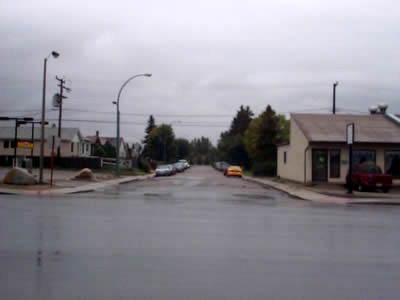 |
MacKay Street:
Angus MacKay, a homesteader from the Indian Head area of Saskatchewan, left his mark on prairie farming by demonstrating the value of summer fallow farming on prairie fields.
During the North-West Rebellion of 1885, Angus MacKay was forced to leave half of his land unseeded. In the following year much of his area was badly hit by drought and many of the crops in the Indian Head area were not worth harvesting, yet MacKay’s land yielded 35 bushels per acre. This discovery lead to the practice of yearly "summer fallow". Leaving land fallow allows sufficient moisture to build up in the land to grow crops in farming areas that are prone to dry conditions.
In 1887, Angus MacKay assisted the Federal Government in locating the site of the first experimental farm in the Indian Head area. He and a Mr. William Saunders developed several strains of wheat suitable for prairie farming including Marquis wheat. In 1910 MacKay was appointed inspector of western experimental farms of all of Alberta, Saskatchewan and Manitoba.

